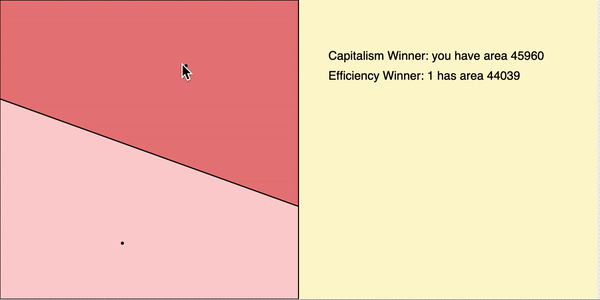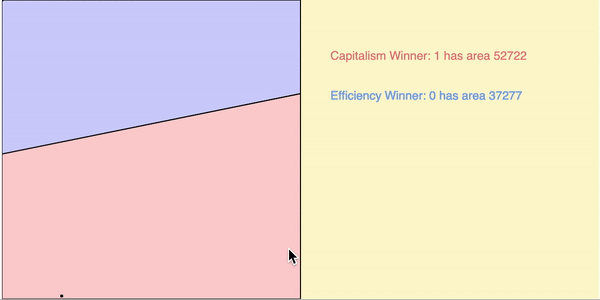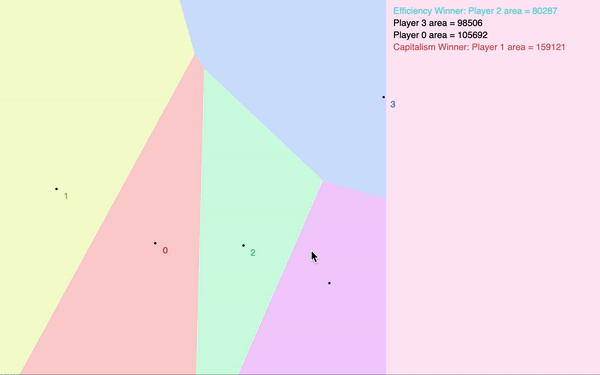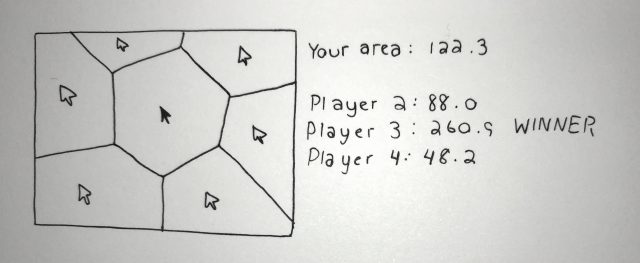My telematic project is a digital watercolor canvas where different users can interact with each other by overlapping colors and transparencies to imitate real life watercolor bleeding techniques.
https://glitch.com/~watercolor
I used transparent ellipses to achieve the watercolor effect, and I used the same array format as the simple shared drawing canvas (used lines) to approach drawing the ellipses to push the imitation of water color effect even further (than just transparency). Instead of drawing the ellipses all the same size, the array allowed me to make the "watercolor" look like more varied strokes. There is supposed to be equal roles as each player has the same abilities and this canvas is asynchronous, but the randomization of what each player gets as they log on is up to chance (some colors may stand out more than others). I took away the ability to see the other players cursers so that the main focus was on the differing colors for each play and the intimacy the transparencies/colors (players brush strokes) overlapping each other.

PAINT BELOW (press and drag mouse):






